📸 Featured Imaged: Tracy’s Food Tour & Water Painting Workshop @ The House on Lang
Here’s something cool about trying something you’ve never done before—New & diverse experiences are connected to greater brain activity, well-being, and life-satisfaction. Makes sense even without the science, right?
When we’re doing, we’re directing our mind, not distracting it. We’re engaged, learning, creating opportunities. And that feels really damn good!
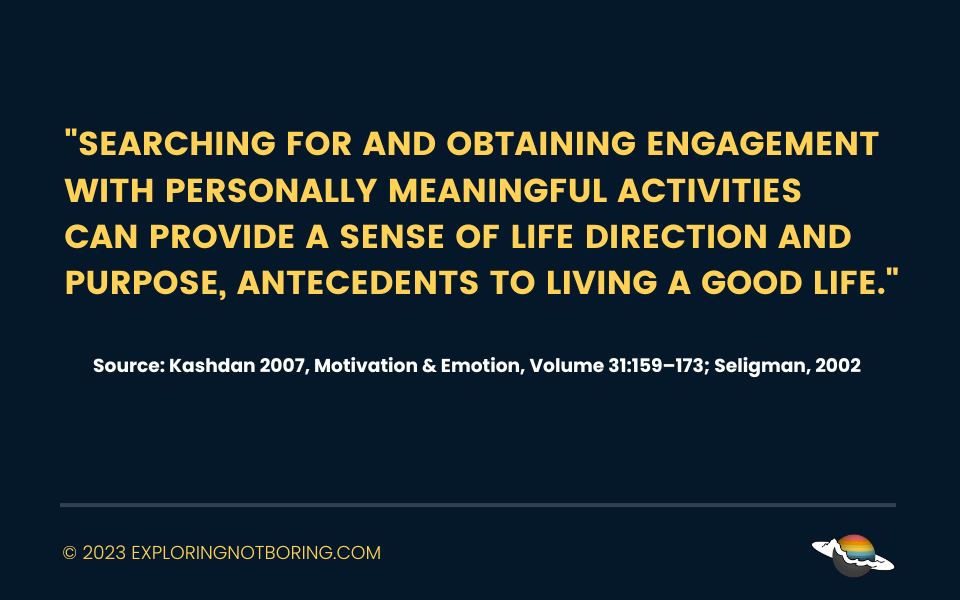
“Searching for and obtaining engagement with personally meaningful activities can provide a sense of life direction and purpose, antecedents to living a good life.”
Source: Kashdan 2007, Motivation & Emotion, Volume 31:159–173; Seligman, 2002
So, Screw the Science!
It isn’t rocket science that experiences are important vehicles for positive emotions and social connections. The mind-blowing part about the studies we’re going to look at below is that they bring our attention to the power of experience. And highlight why we should intentionally cultivate experiences.
The second we reflect on this data in our own life, it clicks—new experiences are how we gain new skills, knowledge, and achievements. Not to mention new friends, hobbies, and interests.
We for damn sure don’t need science to tell us that our experiences shape us, and that they can feel pretty damn good, both in the moment and years later when we’re reflecting back on our experiences.
But It’s Cool What Science Reveals About Experiences
Learning exactly why we should intentionally create new experiences, and how they will affect our well-being and life satisfaction is pretty cool.
The age-old question of what brings happiness in life has received increasing empirical attention within economics, psychology, and consumer research.
So, here are a few studies that will show you the connection between new & diverse experiences and increased brain activity, well-being, and life satisfaction. Hopefully, these results will inspire you to take action!
Happiness from Ordinary & Extraordinary Experiences
In a series of 8 studies by Amit Bhattacharjee and Cassie Mogilner, published in the Journal of Consumer Research, they sought to answer the question:
How should we spend our time and money to maximize happiness?
As Leaf Van Boven and Thomas Gilovich revealed in their 2003 study, “To Do or To Have: That Is the Question,” published in the Journal of Personality and Social Psychology, a growing set of findings in psychology and consumer research advises that despite the allure of acquiring material possessions, we should acquire experiences to enjoy greater happiness.
But which experiences offer the greatest happiness?
That’s what Bhattacharjee and Mogilner set out to determine in their studies. Their research was one of the first to categorize types of experiences and begin to explore the fundamental question:
“What types of experiences should we pursue to extract the greatest enjoyment from life: the extraordinary, once-in-a-lifetime experiences that we might tell others about and commemorate in photographs on our (actual or virtual) walls, or the simple, ordinary experiences that make up the fabric of our daily lives?”
Bhattacharjee and Mogilner discovered that the happiness enjoyed from ordinary and extraordinary experiences depends on age.
In short, younger people, who view their future as extensive, gain more
happiness from extraordinary experiences. Meanwhile, ordinary experiences become increasingly associated with happiness as people get older and their remaining time becomes limited.
Bhattacharjee and Mogilner found that self-definition drives these effects: although extraordinary experiences are self-defining throughout one’s life span, as people get older they increasingly define themselves by the ordinary experiences that comprise their daily lives.
So, as you move through life deciding how to fill your next hour, weekend, or vacation, remember Bhattacharjee and Mogilner’s findings:
“Whereas memories of mundane experiences help individuals navigate through daily life, memories of extraordinary and meaningful life events have important consequences for self-definition, well-being, and life satisfaction.”
Source: Bhattacharjee and Mogilner 2020, “Happiness from Ordinary and Extraordinary Experiences,” Journal of Consumer Research, 41 (1), 6; Zauberman, Ratner, and Kim 2009, “Memories as Assets: Strategic Memory Protection in Choice over Time,” Journal of Consumer Research, 35 (5), 715-28
Experiences are Linked to Increased Brain Activity
Published in the 2020 journal, Nature Neuroscience, Aaron S. Heller, Tracey C. Shi, C. E. Chiemeka Ezie, Travis R. Reneau, Lara M. Baez, Conor J. Gibbons & Catherine A. Hartley, looked to study how the association between real-world experiential diversity and positive affect relates to hippocampal–striatal functional connectivity.
In layman terms, how do experiences affect the brain?
They found that new and diverse experiences are linked to enhanced happiness, and this relationship is associated with increased brain activity.
Furthermore, the link between exploration and positive emotion is generated by brain regions associated with the processing of novelty and reward.
According to their study, people feel happier when they have more variety in their daily routines―when they go to novel places and have a wider array of experiences―even small changes, such as exercising at home, going on a walk around the block, taking a different route to the grocery store or pharmacy.
The results also showed that on days when people had more variability in their physical location―visiting more locations in a day and spending proportionately equitable time across these locations―they reported feeling more “happy,” “excited,” “strong,” “relaxed,” or “attentive.”
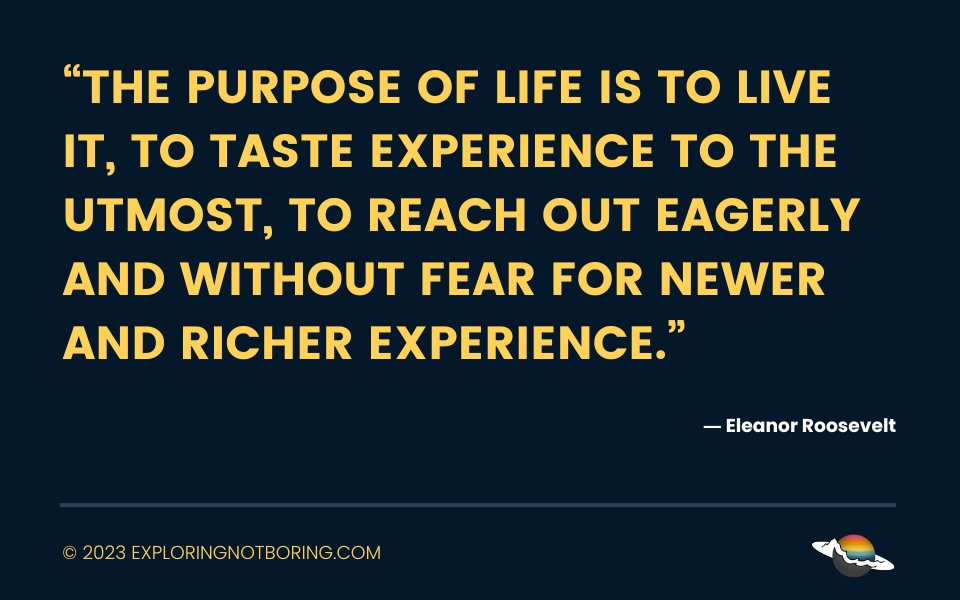
“The purpose of life is to live it, to taste experience to the utmost, to reach out eagerly and without fear for newer and richer experience.”
― Eleanor Roosevelt
Spend More Time on Affectively Good Activities to Be Happier
APS Fellow Daniel Kahneman, a professor of psychology and public affairs at Princeton University, has conducted extensive research into happiness.
Kahneman is also widely known for his research on human judgment and decision-making. He has received several awards including the APS William James Fellow Award, the Warren Medal of the Society of Experimental Psychologists, the Hilgard Award for Career Contributions to General Psychology, and the APA Distinguished Scientific Contribution Award.
One of Kahneman’s main areas of interest has been hedonic psychology, the study of what makes experiences and life pleasant or unpleasant.
Hedonic psychology is concerned with feelings of pleasure and pain, of interest and boredom, of joy and sorrow, and of satisfaction and dissatisfaction. It is also concerned with the whole range of circumstances, from the biological to the societal, that occasion suffering and enjoyment.
To avoid boring you (or blowing your mind to pieces) with Kahneman’s research on hedonic psychology and the notion of utility, I’ll jump to the takeaway regarding experience and happiness:
Though he realizes that individuals have little control over their affective dispositions (emotional response) to daily activities, Kahneman said people do control the variable that can make them happier―allocation of their time.
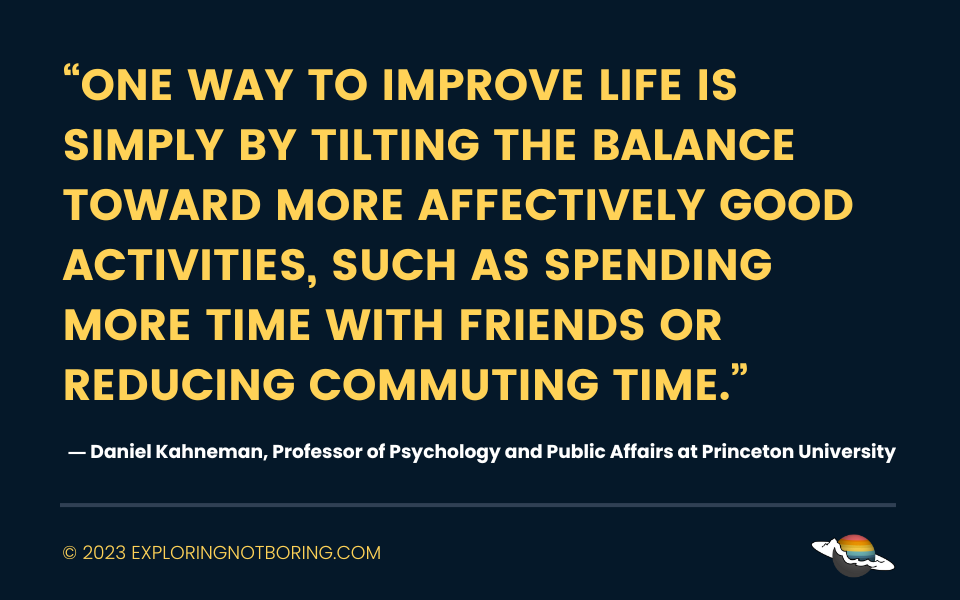
“One way to improve life is simply by tilting the balance toward more affectively good activities, such as spending more time with friends or reducing commuting time.”
― Daniel Kahneman, Professor of Psychology and Public Affairs at Princeton University
Cultivate Experiences That Foster Positive Emotions
Daniel Kahneman’s research, along with Barbara L. Fredrickson’s study of positive psychology, support the idea that positive emotions—joy, interest, contentment, love—are worth cultivating, not just as end states in themselves, but also as a means to achieving psychological growth and improved well-being over time.

Published in the journal, American Psychologist, Fredrickson wrote:
“Positive emotions widen the array of thoughts and actions that come to mind, which in turn serves to build enduring personal resources, ranging from physical and intellectual resources to social and psychological resources.”
Source: Fredrickson 2001, Am Psychol, 56(3): 218–226
She goes on to explain how positive states—pleasure, joy, contentment, happiness—broaden cognition, attention & action.
For instance, joy broadens by creating the urge to play, push the limits, and be creative. These urges are evident not only in social and physical behavior, but also in intellectual and artistic behavior.
Furthermore, interest, a phenomenologically distinct positive emotion, broadens by creating the urge to explore, take in new information and experiences, and expand the self in the process.
And we can’t skip on contentment, a third distinct positive emotion, which broadens by creating the urge to savor current life circumstances and integrate these circumstances into new views of self and of the world.
Pride, a fourth distinct positive emotion that follows personal achievements, broadens by creating the urge to share news of the achievement with others and to envision even greater achievements in the future.
Love, conceptualized as an amalgam of distinct positive emotions (e.g., joy, interest, contentment) experienced within contexts of safe, close relationships, broadens by creating recurring cycles of urges to play with, explore, and savor experiences with loved ones.
These various thought-action tendencies—to play, to explore, to savor and integrate, or to envision future achievement—each represent ways that positive emotions broaden habitual modes of thinking or acting.
Fredrickson argues that positive emotions are vehicles for individual growth and social connection, and over time the effects of positive emotions accumulate and compound, building psychological resilience and enhancing emotional well-being.
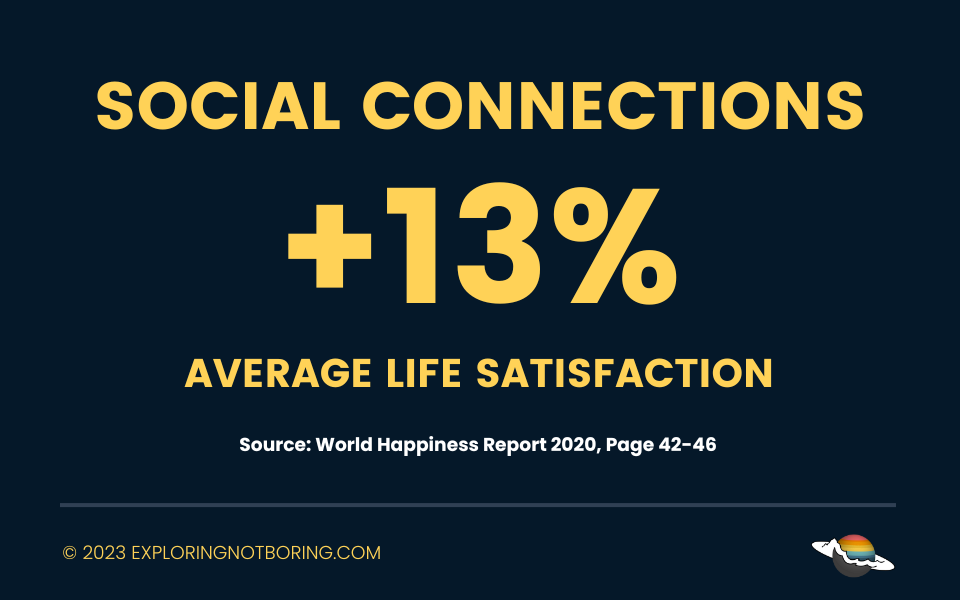
Not to mention, positive emotions are a means to survive:
“Human ancestors who succumbed to the urges sparked by positive emotions to play, explore, and so on would have by consequence accrued more personal resources. When these same ancestors later faced inevitable threats to life and limb, their greater personal resources would have translated into greater odds of survival, and, in turn, greater odds of living long enough to reproduce.”
Source: Fredrickson 2001, Am Psychol, 56(3): 218–226
Stay Curious for Greater Well-Being & Meaning in Life
When it comes to new & diverse experiences, curiosity is a key mechanism in their development and subsequent consequences.
In the study on curiosity by Professor Todd B. Kashdan and Michael F. Steger, supported by the National Institute of Mental Health, presented at the 2005 International Positive Psychology Summit, and eventually published in the 2007 peer-reviewed journal, Motivation and Emotion, found that curiosity is an important ingredient in achieving and maintaining high levels of well-being and meaning in life.
Kashdan and Steger found that “on days when they are more curious, people high in trait curiosity reported more frequent growth-oriented behaviors, and greater presence of meaning, search for meaning, and life satisfaction. Greater trait curiosity and greater curiosity on a given day also predicted greater persistence of meaning in life from one day into the next.”
“Exploratory behaviors set in motion by curiosity appear to increase opportunities for fulfilling competence and interpersonal relatedness needs, producing further positive states such as vitality and joy.”
Source: Kashdan 2007, Motivation & Emotion, Volume 31:159–173; Reis, Sheldon, Gable, Roscoe, & Ryan 2000; Sheldon, Ryan, & Reis 1996
Kick Boredom in the Mother F*ckin’ Face!
By now, hopefully, you’re ready to take action to energize positive emotions and increase social connections through newer & richer experiences.
But here’s the thing . . .
You must have the courage to step into the unknown, follow your curiosity to uncharted territory, and dare to try things you’ve never done before.
It’s your choice. What do you choose?
“People with greater curiosity challenge their views of self, others, and the world with an inevitable stretching of information, knowledge & skills.”
Source: Kashdan 2007, Motivation & Emotion, Volume 31:159–173; Ainley et al. 2002

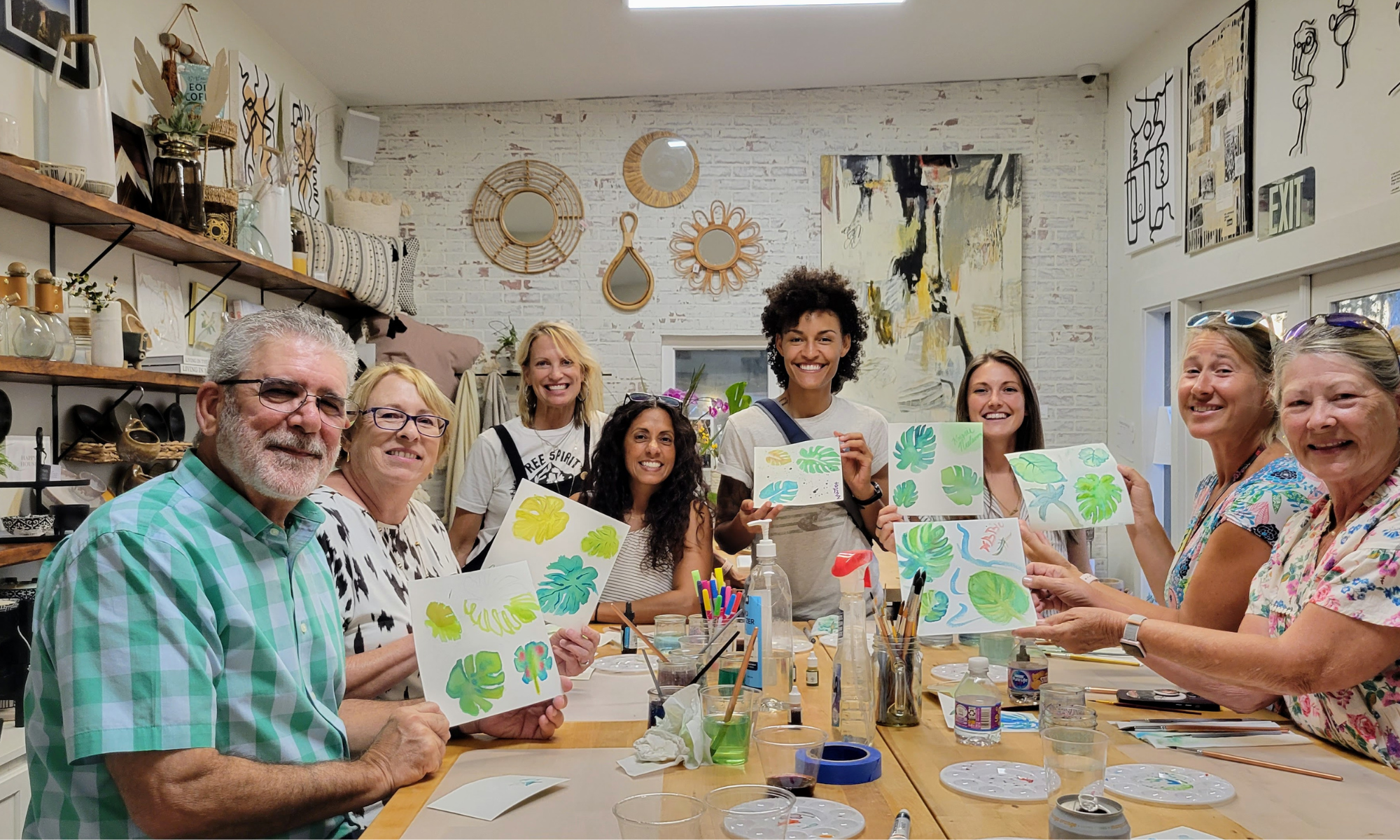

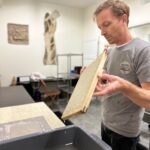




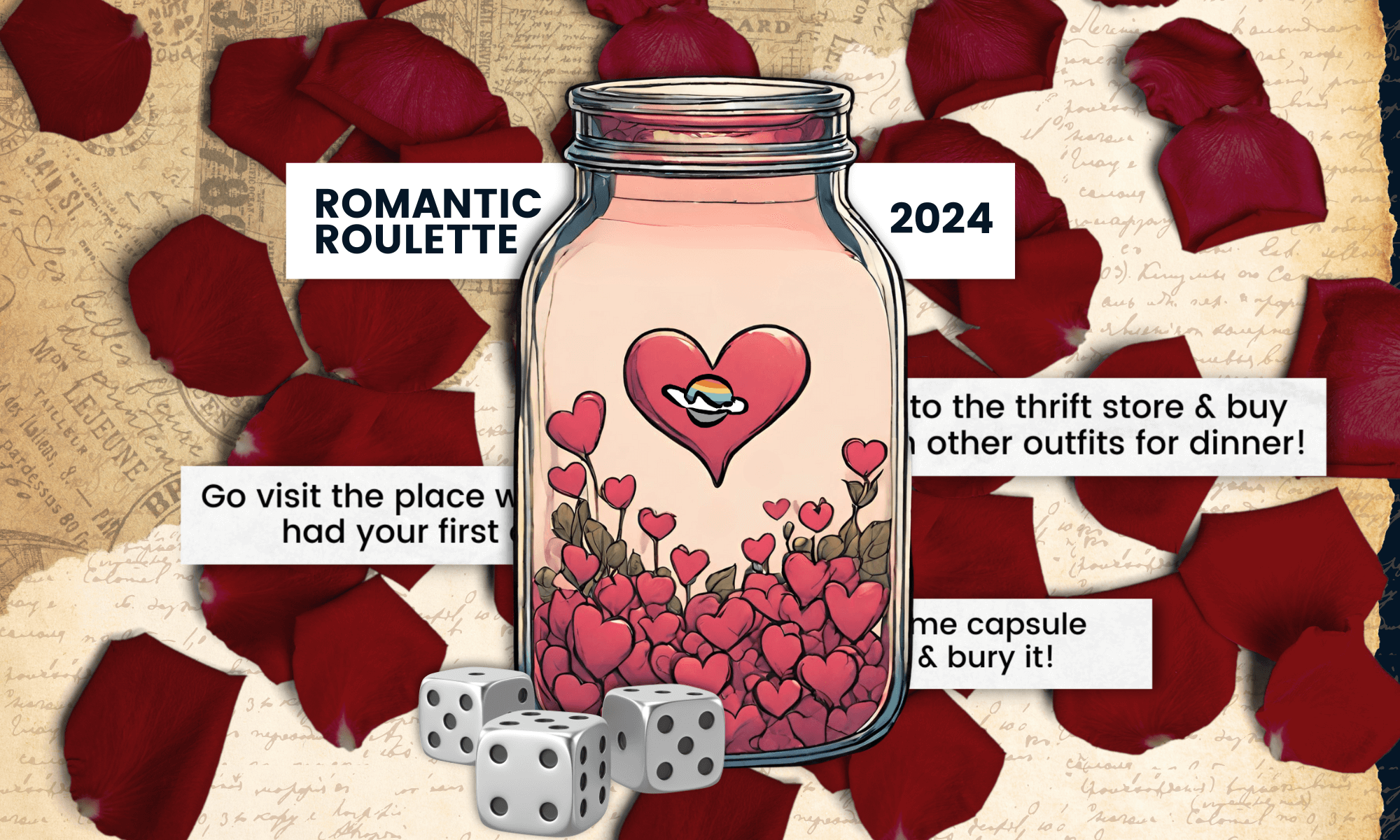
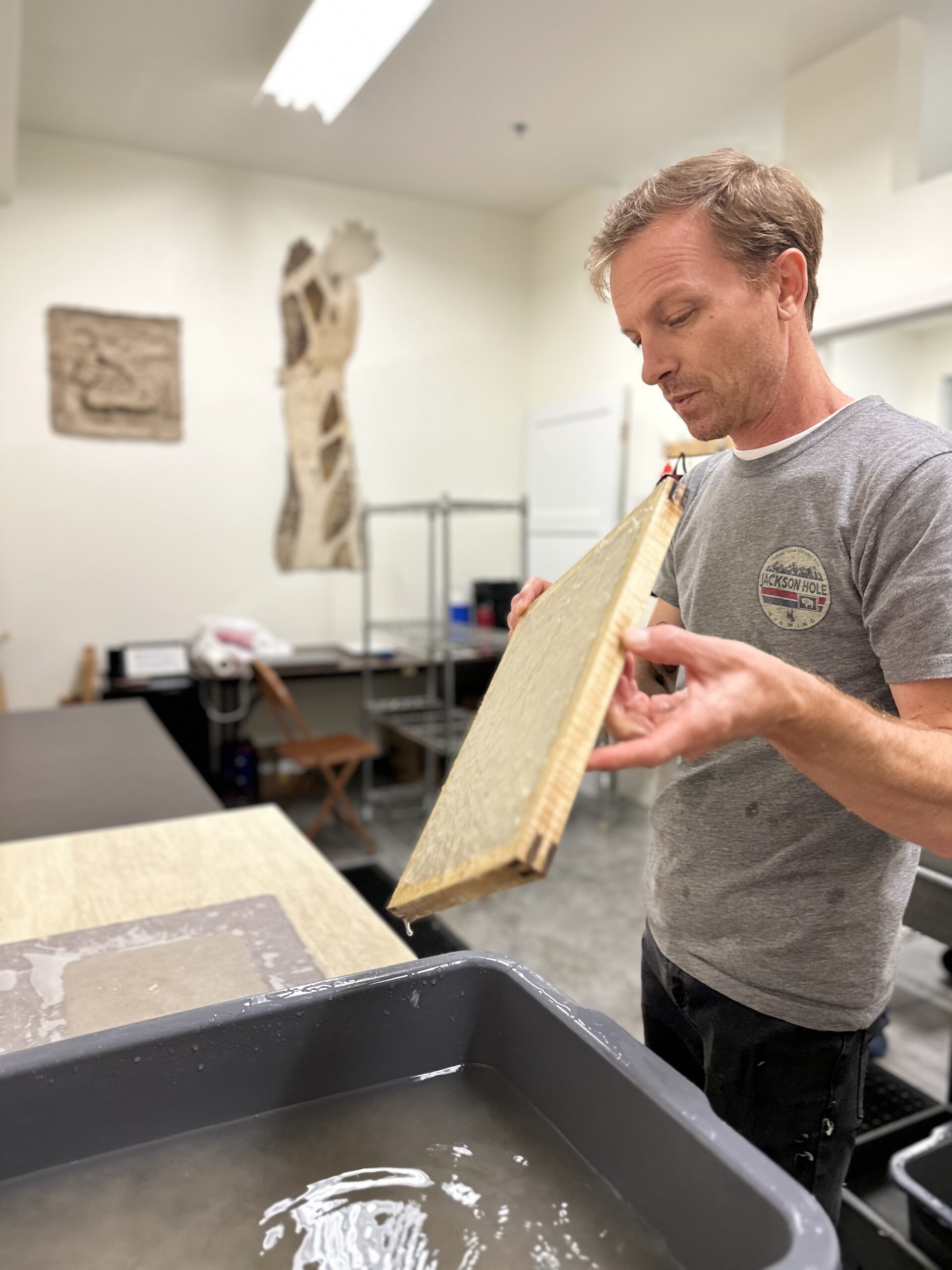
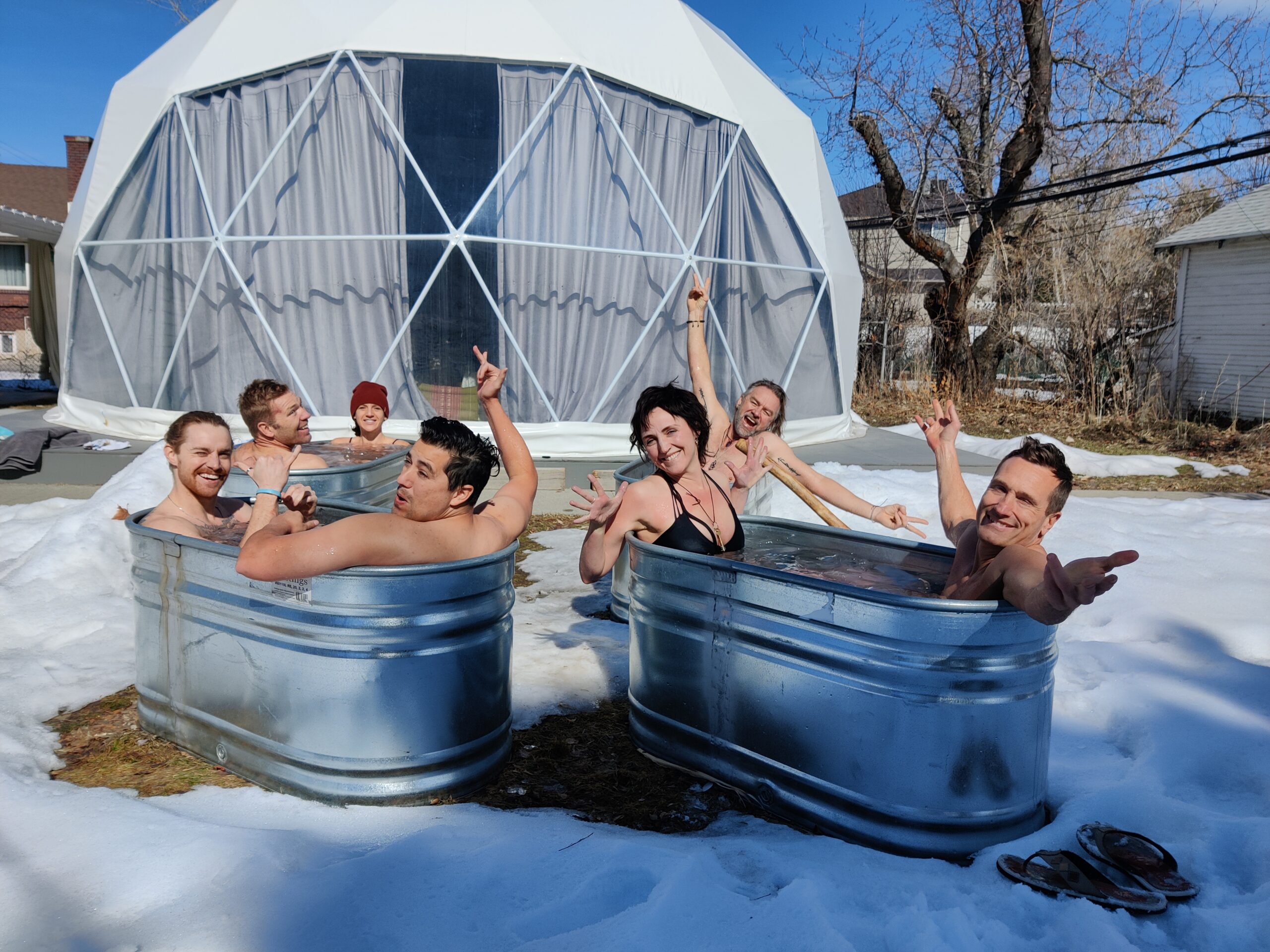



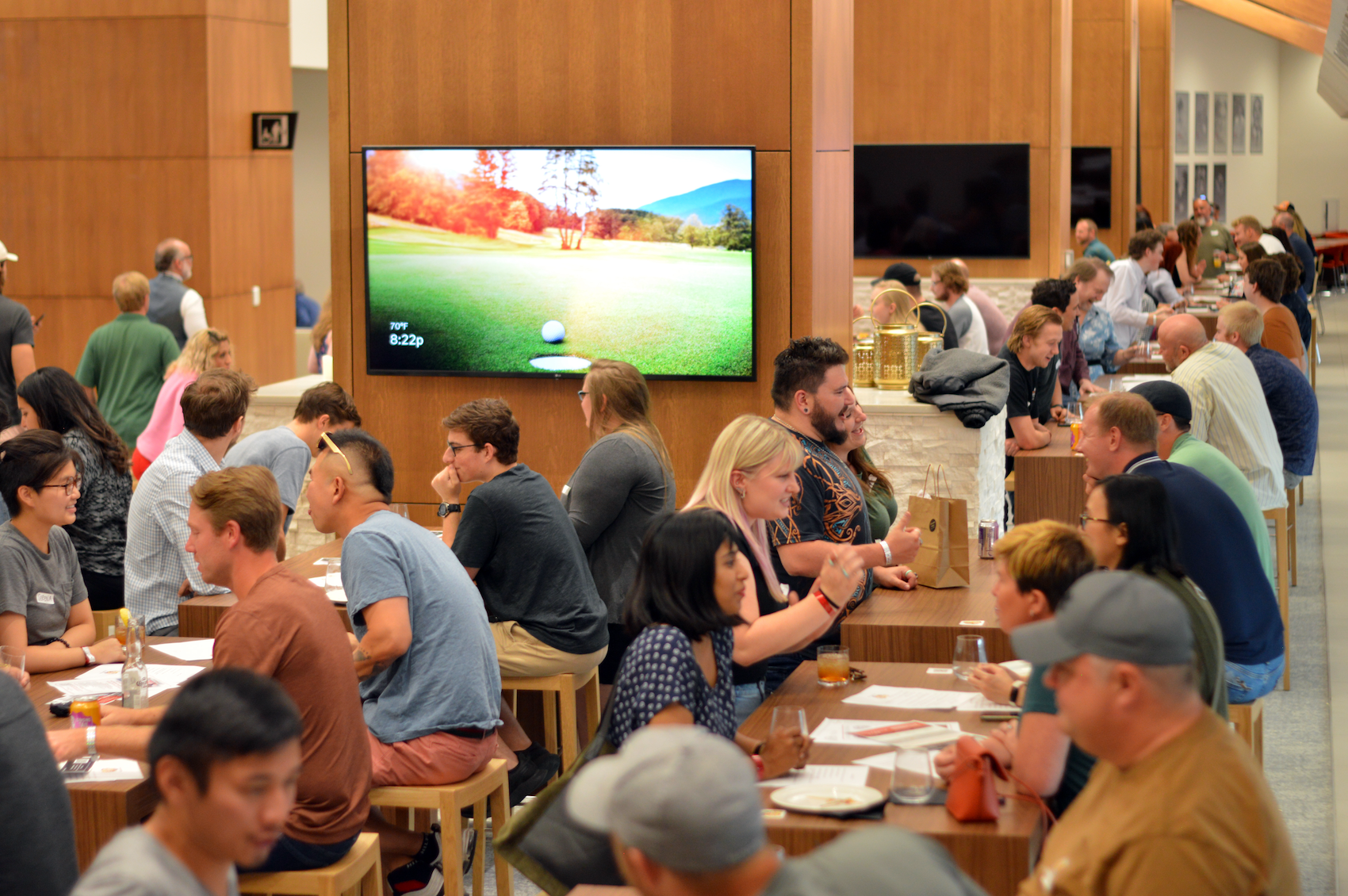

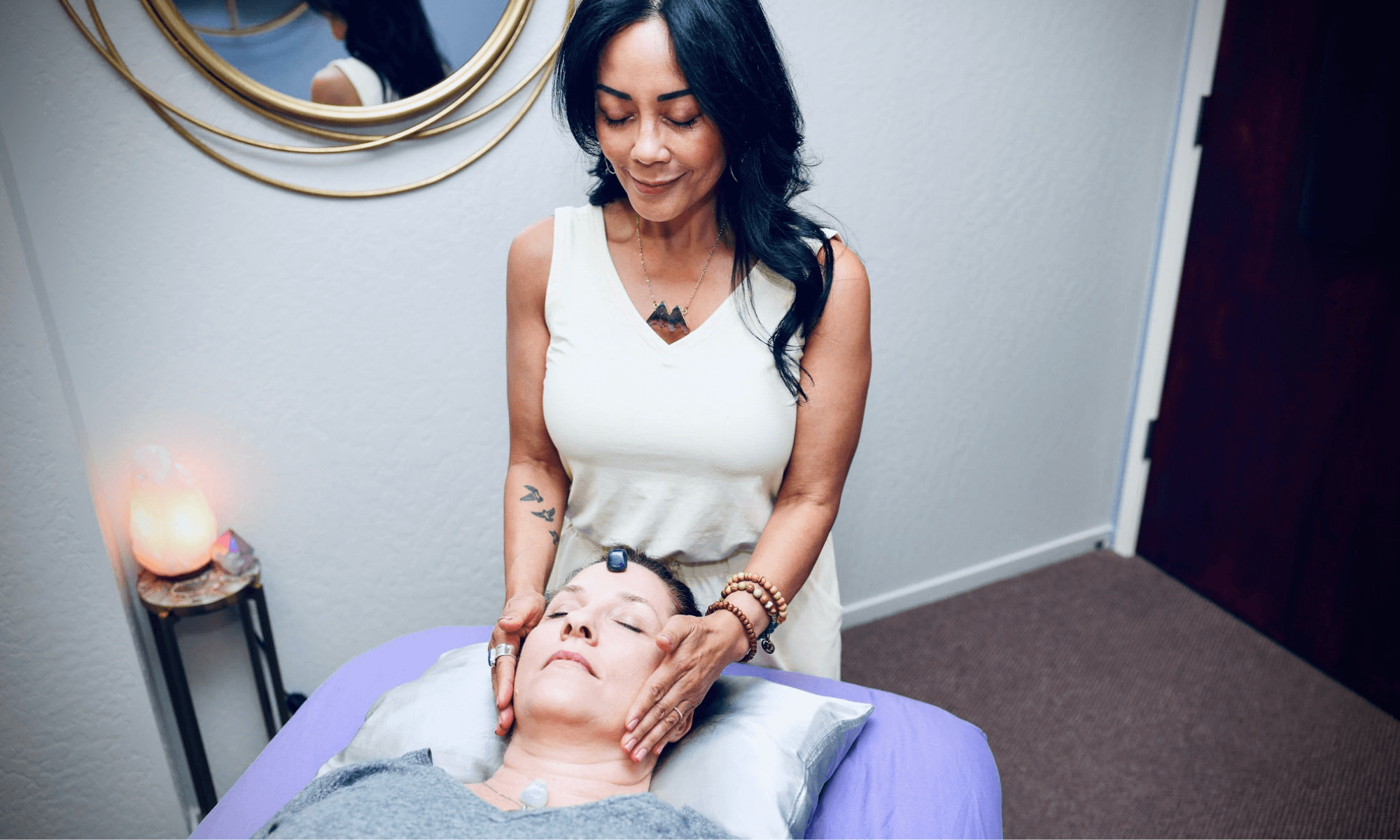


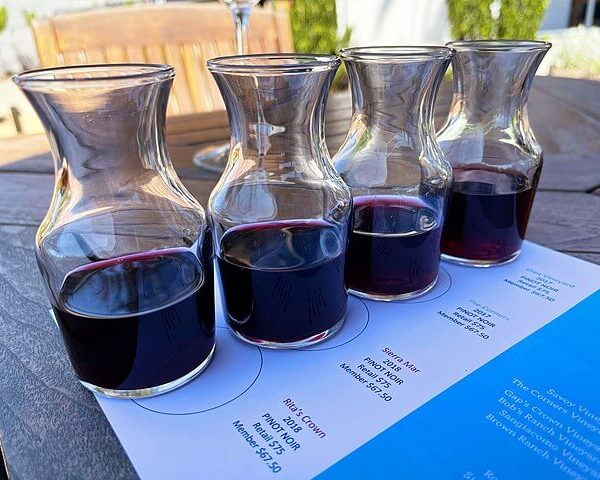


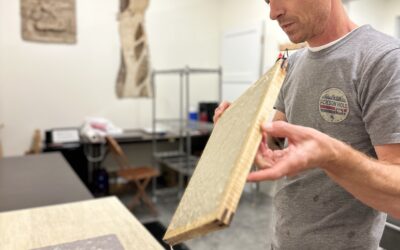
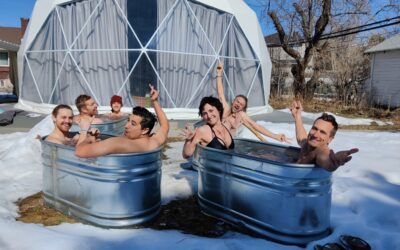



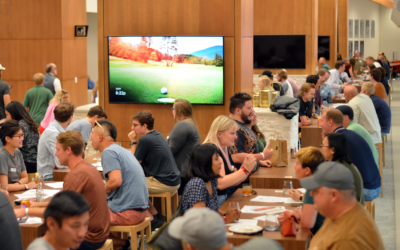
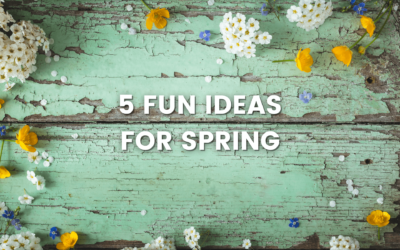
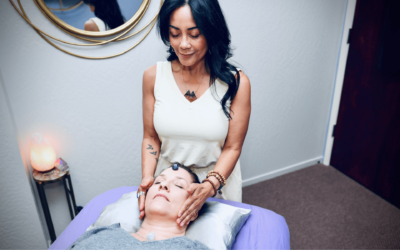

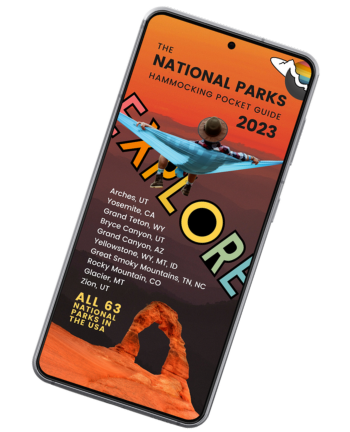
0 Comments